Online Curation and Practice in the Pandemic Era
Under the severe restrictions caused by the COVID-19 pandemic since 2020, how could artists go on making works, curators organizing exhibitions, and art taking place? Due to home confinement, many museums have proposed (or paid more attention to), when physical works cannot be displayed in public, online exhibitions as a contingency measure so that the audience can still remotely experience exhibitions through a web screen. In addition to serving as an alternative to physical exhibitions, what else could online exhibitions possibly be? In 1991, the artist Robert Adrian initiated an online project of collaboration, "The World in 24 Hours"(1), inviting participants from all over the world to create via the internet within a day. In 1994 was founded, by entrepreneur John Borthwick and curator Benjamin Weil, "äda’web"(2), where artists and internet engineers were invited to explore together the potentiality of the Internet as a practical medium. It became the first online exhibition in the history of net art. With rapid advancements in internet technology up to now, the relationship between human behavior and cyberspace has become even more sophisticated. How do we reassess internet media differently? Not merely as an online platform to showcase graphic and textual information about artworks, but also as a unique condition for art practice. The reflections have gradually drawn my attention to exhibition forms that happen “between two fingers” on a mobile device. During the pandemic period 2020-2023, I have conceived, as both artist and curator, To Martian Anthropologists, Yiri’s Horse Farm, and Neo-mediaman to explore the potentiality of making works and curatorial practices online.
Online as Primary, Offline (Physical) as Secondary: "To Martian Anthropologists"(3)
I organized "To Martian Anthropologists" in 2020, proposing an idea “online as primary, offline (physical) as secondary”. Taking cyberspace as the first site of the exhibition, I invited the artists to imagine: “If, one day, the anthropologists on Mars come to the earth to launch a field research of what human beings call ‘art’, what kind of clue will we want to leave for them?” Thus, web pages (HTML) became the venue where the online artworks took place and further extended to the physical venue (New Taipei City Arts Center). What was left in the physical venue (being part of the online works, or another corresponding art form of them), like invisible clues attached to the space, turned into hyperlink objects on the interactive web page of a 720-degree panorama, leading viewers back to the “online works”. The physical venue was thus transformed into an “index surface” of the “online venue”. Following the curatorial statement, I worked with internet engineers and 15 artists to create potential connections between the online and on-site works (35 in total), trying to destabilize the prevailing norm of curation dominated by physical venues.
|
|
|
Online/Offline Coexistence in Parallel: "Yiri’s Horse Farm"(4)
The online/offline theme continued in my solo exhibition "Yiri’s Horse Farm" in 2021. I intended to forge a relationship between online interface and physical space in parallel. The link between online and offline sites doesn’t lie in dominance but in complementariness. By the genesis and translation of images and semantics, "Yiri’s Horse Farm", centered around a series of works focusing on horses, was a horse farm where the online and offline sites co-exist parallelly. The online works were mainly inspired by carousel music box (in reality), British photographer Eadweard Muybridge’s horse in motion by sequence photography, and Taiwan Toy Museum’s collection of wooden horses. The vector horses with different forms and movements were coded in SVG(5) format: circling, rocking, galloping, eating with heads down, and neighing with heads up. These horses eternally framed within the web pages, dependent on and programmed by instructions, extended to the gallery space (Yiri ARTS) via the media, such as painting, sculpture, sound, and image devices. Derived from the online loop video "Carousel, ±2", "Carousel, ±1", (dual channel video) consisted of a dynamic carousel split into two halves–the left and right circles going around at different speeds, i.e., the two diverged ends sharing no more the same timeline. The galloping posture of "Eadweard Muybridge's Horse" painted on the wall was captured from an instant of abrupt break in the online "Circling". Compared to the online work "Rocking", the sculptures of "Wooden Horse" were endowed with texture and volume of material in the tangible reality. The lonely horse left behind, yet galloping still in a race on the LED "Marquee" (mixed media) came from the online work "Galloping". Finally, the horses in the online work "Standing" became the "Coded Horse[s]", eating, neighing, walking, or shaking their heads and tails, on the audio-visual device composed of 9 screens.
|
|
|
|
|
|
|
|
|
|
Online Loop: "Neo-mediaman"
Before the pandemic outbreak, internet media were inseparable from our daily lives; in the post-pandemic era, they seem to have penetrated our lives even more. What kind of internet-media world do we live in right now? In 2022, I designed an online interactive work, "Neo-mediaman", serving as a metaphor to interpret the relationship among human modes of thinking, behavior and internet media that have interpenetrated and been inextricably intertwined for a long time. Neo-mediaman was inspired by the Taiwanese art critic KAO Chien-Hui’s fiction "Sanjusangen-do Temple", which parodied the cutting-edge ideologies of internet media and various (bizarre) phenomena on the scene of contemporary art in Taiwan. Taking advantage of the web hyperlinks and interactivity, I employed common media languages (such as buzzwords, for dummies, content farms, and psychological tests) to translate texts in different ways to construct a reading interface between “internet games” and “ebooks”. Neo-meidaman was composed of all sorts of choices on the browser windows and would open a new path with each choice of readers. Thus, reading was like walking through a maze of scrolls defined by one choice after another, and a new reading path would gradually unfold itself with one’s own choices. If "To Martian Anthropologists" emphasizes a curatorial strategy “online as primary, offline (physical) as secondary”, and "Yiri’s Horse Farm", an online/physical relationship of coexistence, then "Neo-mediaman" attempts, by “internet media languages”, to highlight the multiple axes of textual readings and their intertwined narrative loops.
|
|
Online Creation and Curatorial Practice
Online curation might be more than an alternative to physical exhibitions, for the reasoning of replacement (the physical by the virtual) will inevitably drive an online organization to conform to the audience’s imagination of a physical one. In other words, the fact that what is deficient in an online exhibition (such as the perception and momentum of the body movements in physical space) can be well met in a physical one will be relatively foregrounded. It might be worth reconsidering two points: how to transform the internet media languages (corresponding to users’ experiences) into favorable conditions for art practice and how to explore diversified, potential forms of online exhibitions to highlight the inter-/intra- penetrating relationship between online and offline exhibitions from the perspective of art practice. Whether it concerns online practice or curation, both involve ideas of art and practical conception, namely, an activity to transform inside (abstract) to outside (concrete) for the audience to see. Online practice and curation concern how to grasp from the whole various elements that constitute an exhibition and its works and how to construct a way of seeing via a mise en scène of (the elements of) the works. Thus, online practice and curation are not diametrically opposed, but an art that encourages integration and co-existence. It is crucial to see how to shuttle between the double perspectives of practice and curation to search for more space for manipulation and elaboration in between.
__________
(1) See https://anthology.rhizome.org/the-world-in-24-hours
(2) In addition to digital artworks, äda’web presents net art covering different domains of creation, including the artworks derived from net participation as a concept of art creation. See http://www.adaweb.com
(3) See https://martian.beauxarts.tw
(4) See online exhibition: https://chunyichang.com/yirihorsefarm
(5) SVG stands for Scalable Vector Graphics, a common graphic format on the internet today. SVG images can be scaled in size without loss of resolution.

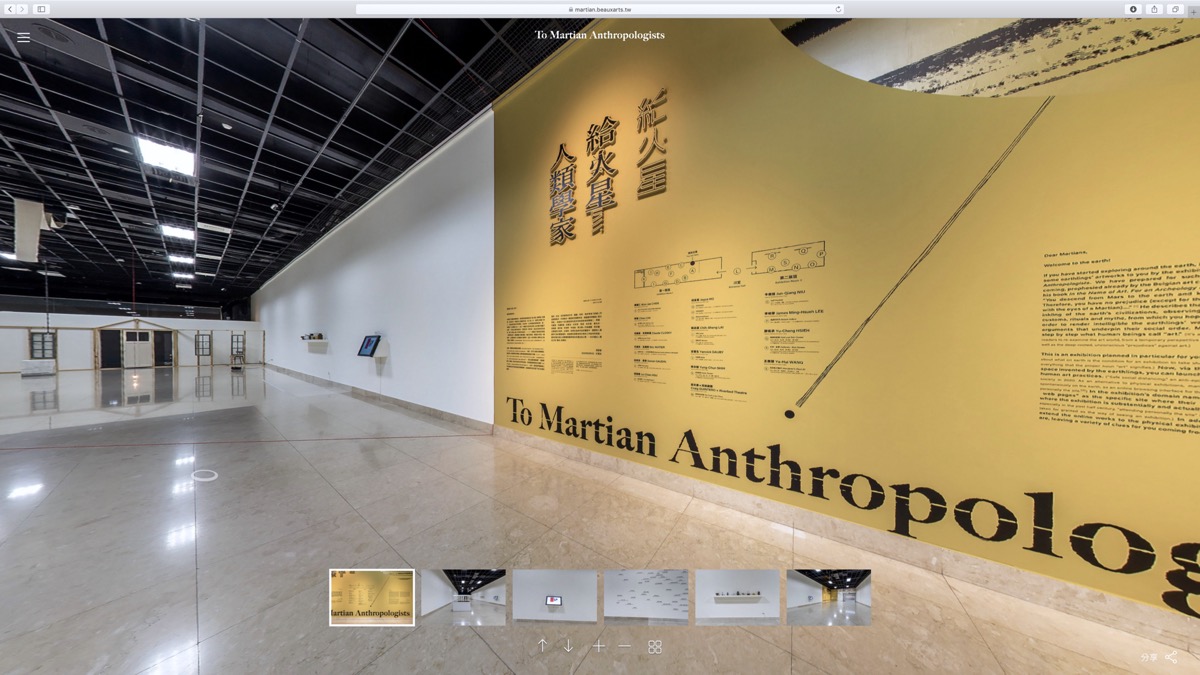 圖1:"To Martian Anthropologists", online exhibition screenshots.
圖1:"To Martian Anthropologists", online exhibition screenshots.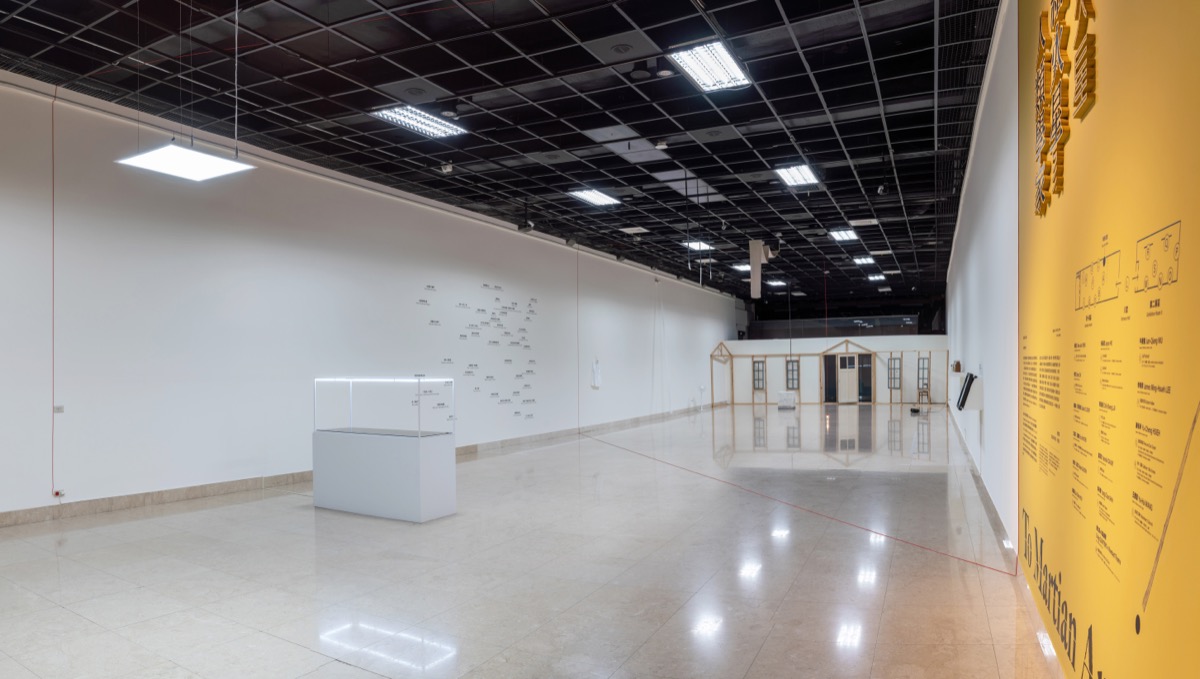 圖2:"To Martian Anthropologists", physical exhibition venue.
圖2:"To Martian Anthropologists", physical exhibition venue.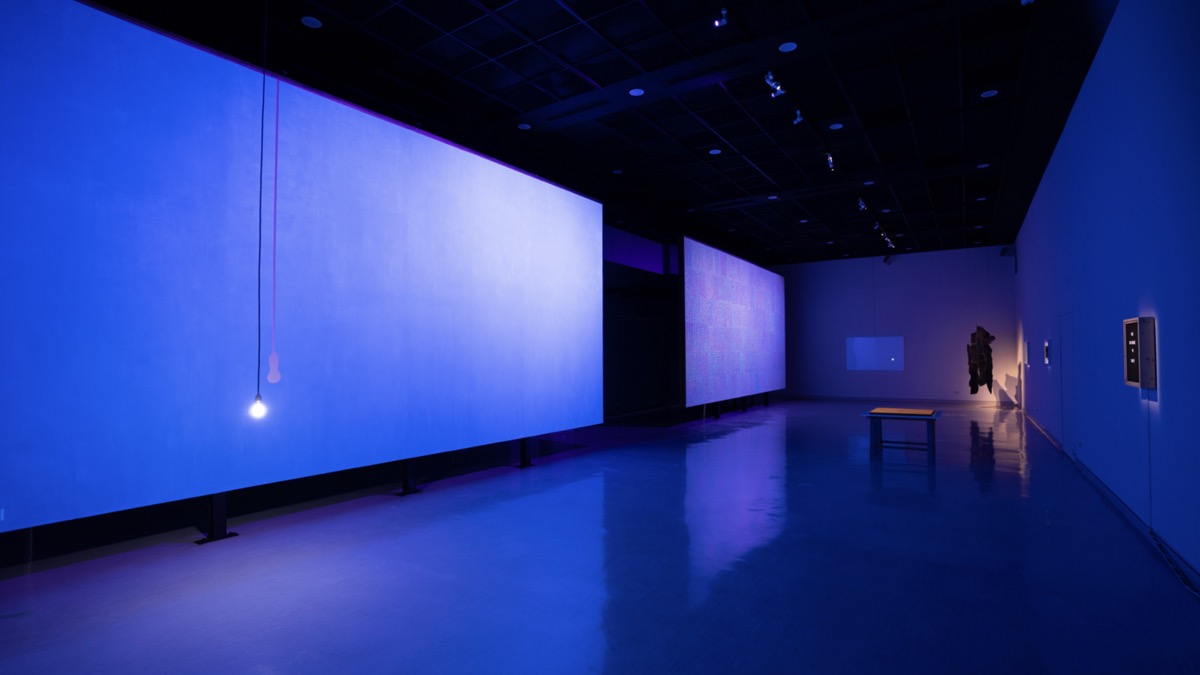 圖3:"To Martian Anthropologists", physical exhibition venue.
圖3:"To Martian Anthropologists", physical exhibition venue. Fig.4: "Carousel #2", 2021, loop webpage
Fig.4: "Carousel #2", 2021, loop webpage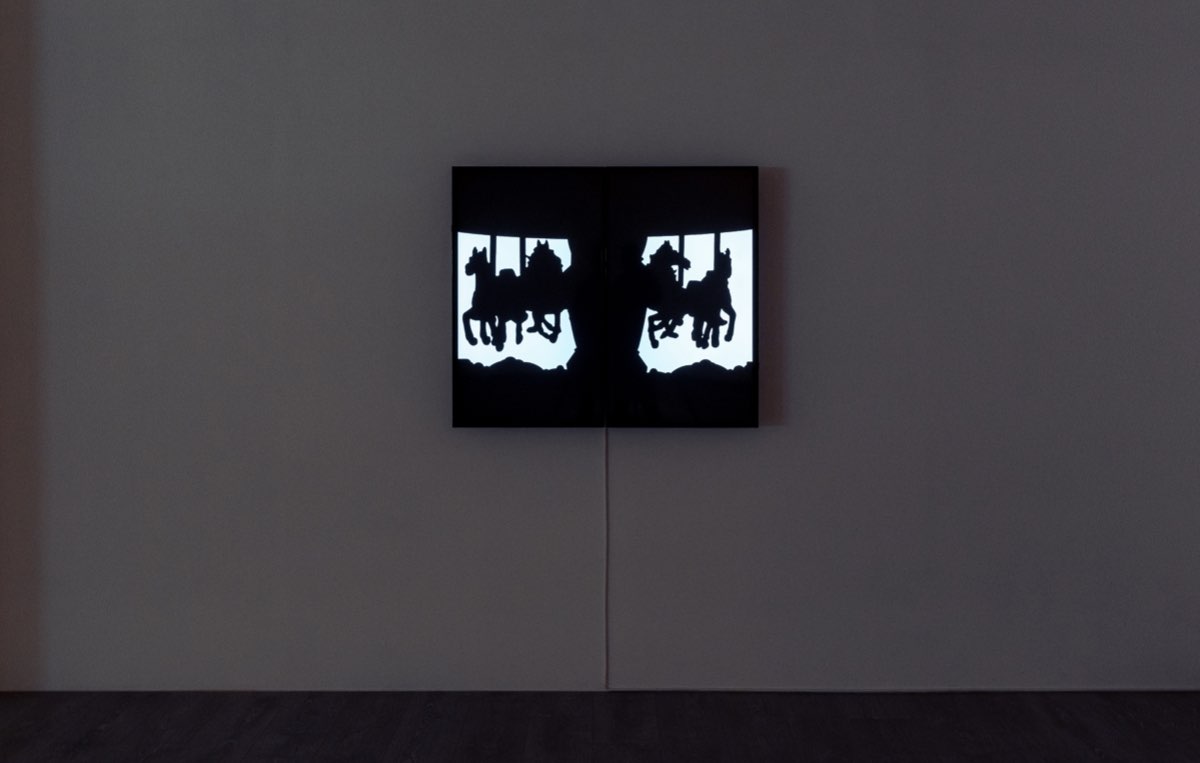 Fig.5: "Carousel ±1", 2021, loop dual channel video
Fig.5: "Carousel ±1", 2021, loop dual channel video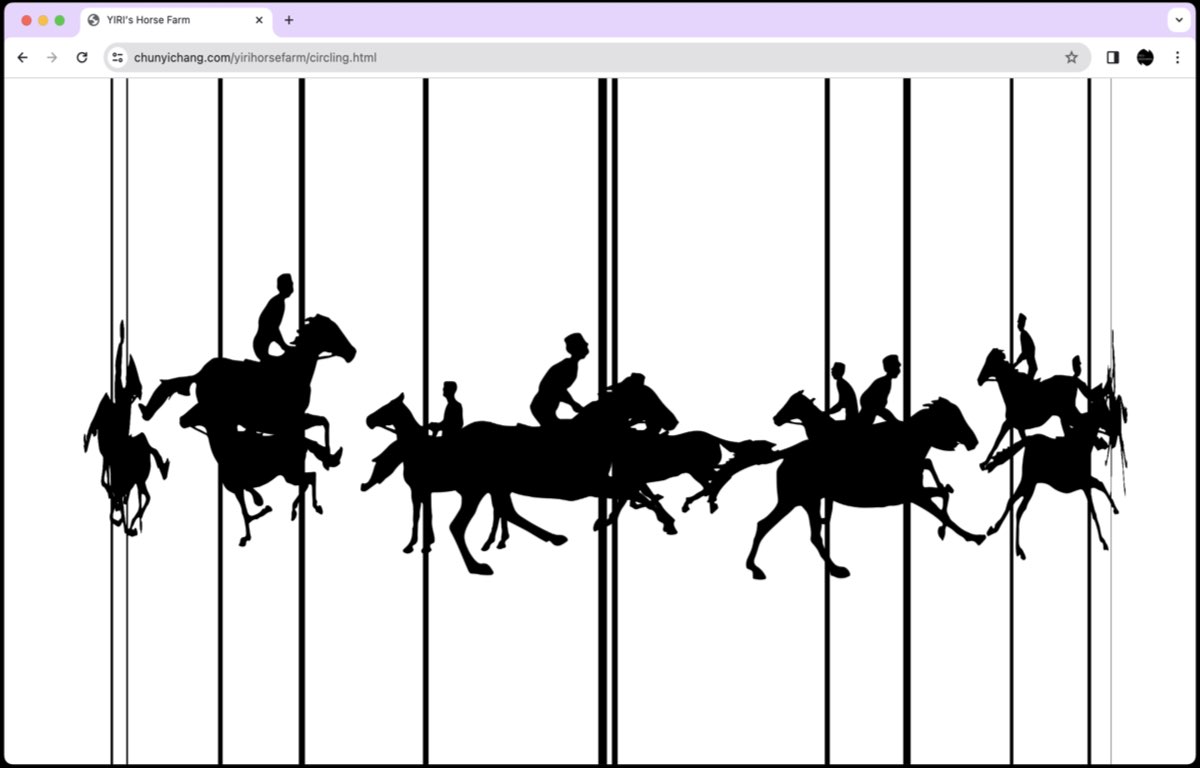 Fig.6: "Circling", 2021, loop webpage
Fig.6: "Circling", 2021, loop webpage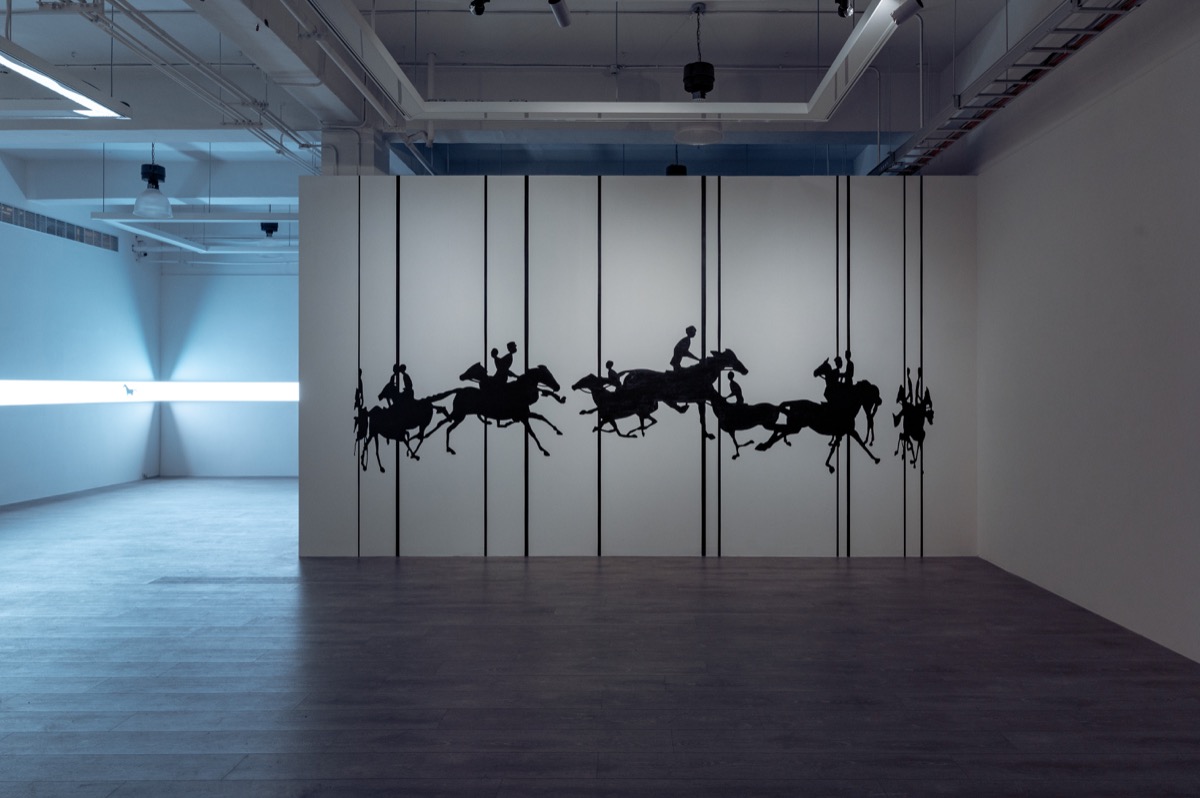 Fig.7: "Eadweard Muybridge's Horse", 2021, painting, acrylic paint, 420 × 628 cm
Fig.7: "Eadweard Muybridge's Horse", 2021, painting, acrylic paint, 420 × 628 cm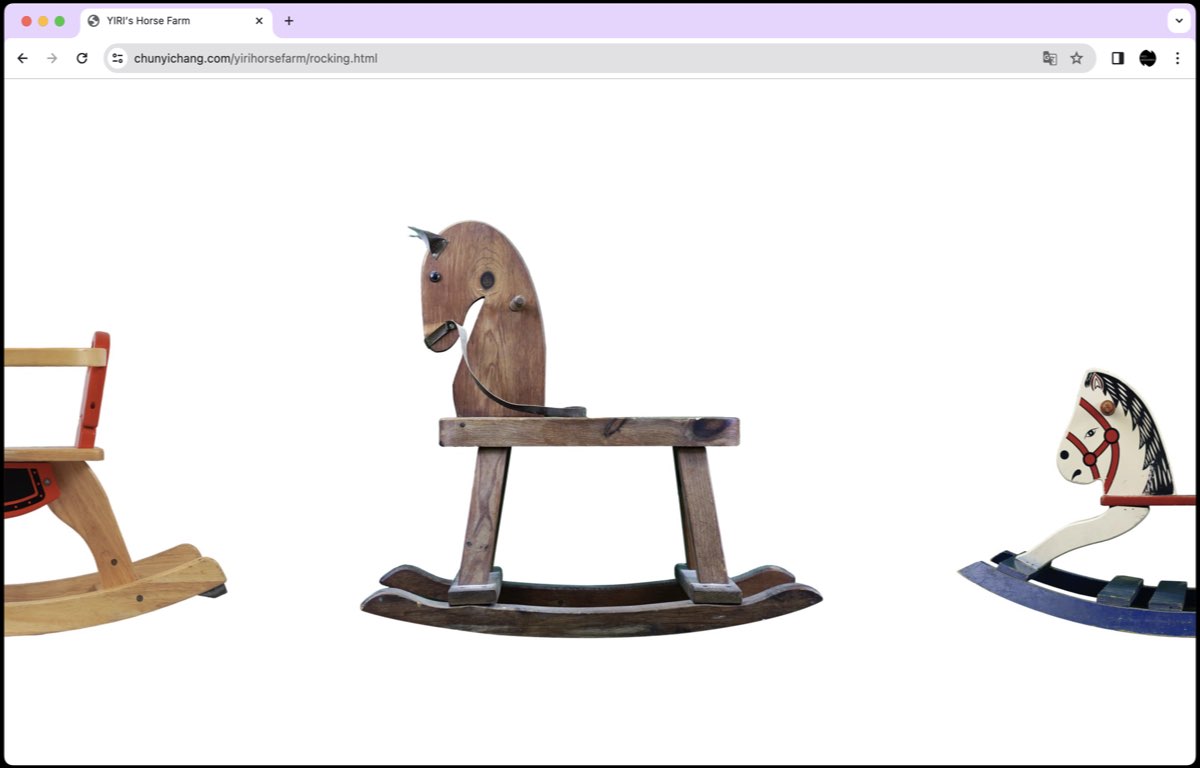 Fig.8: "Rocking Horse", 2021, interactive and responsive web page
Fig.8: "Rocking Horse", 2021, interactive and responsive web page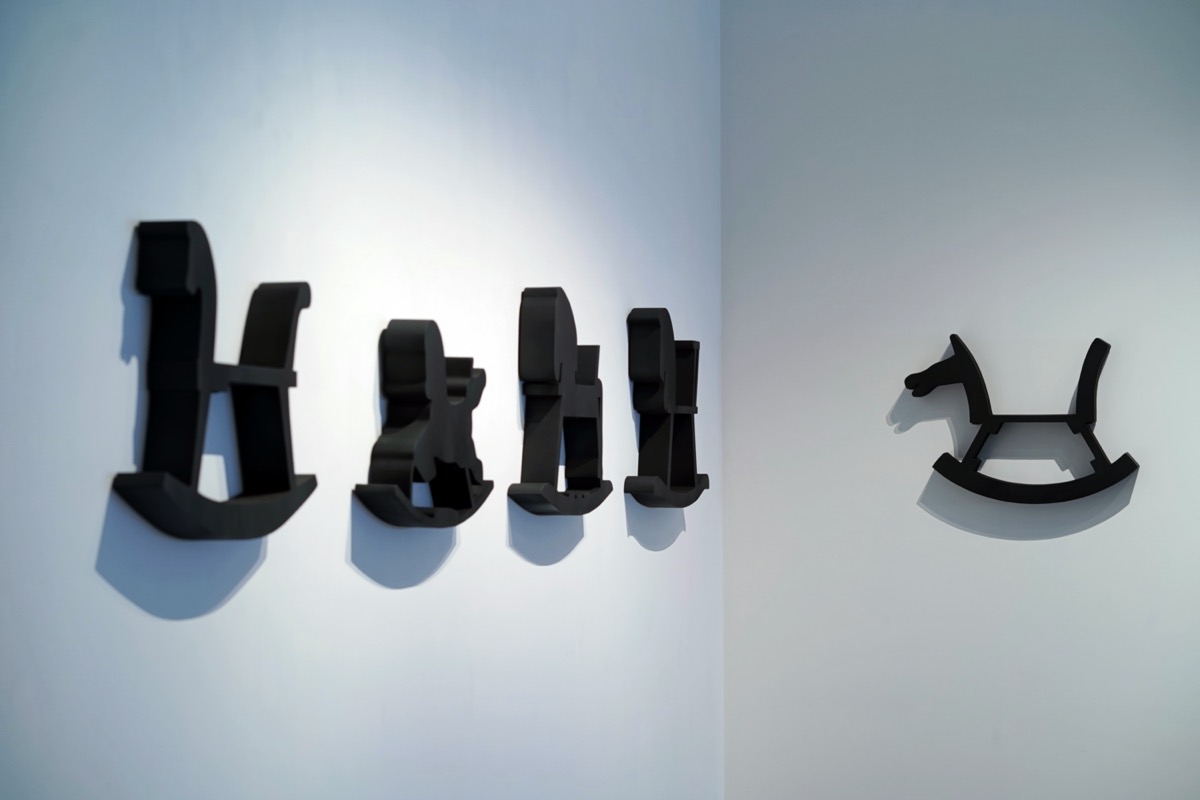 Fig.9: "Wooden Horse", 2021, sculpture, wood, 52 × 540 cm
Fig.9: "Wooden Horse", 2021, sculpture, wood, 52 × 540 cm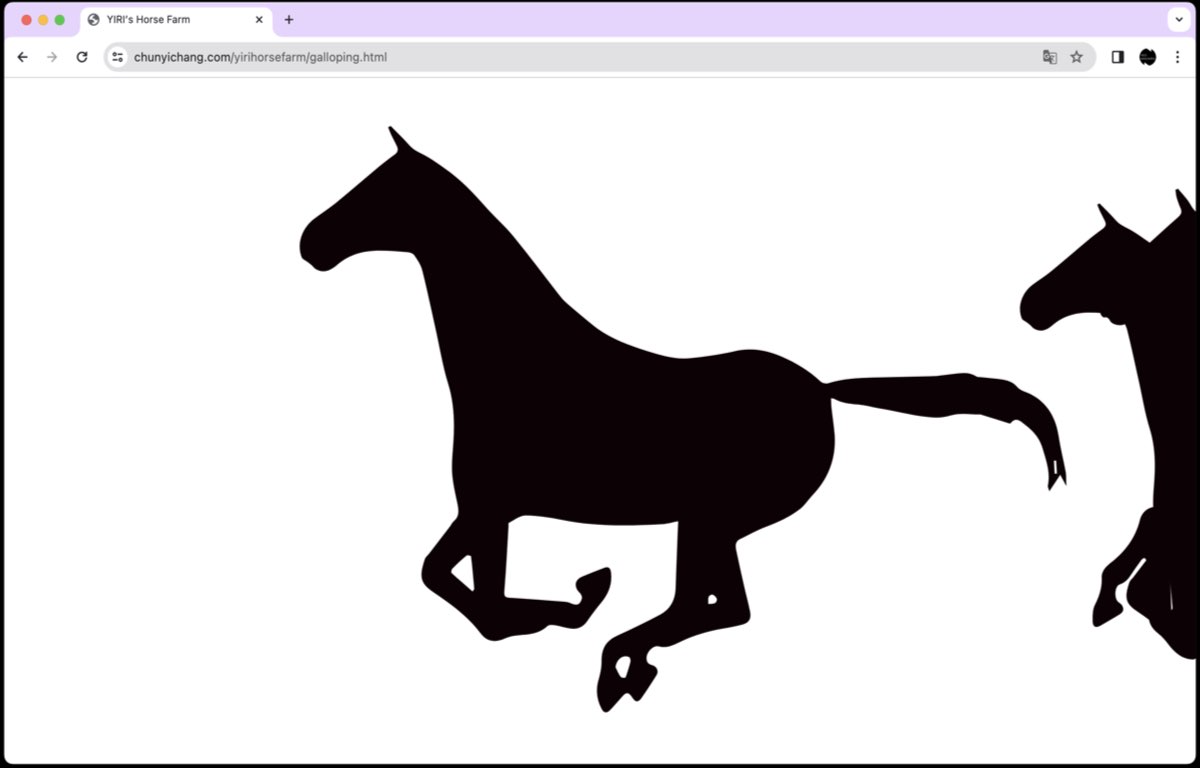 Fig. 10: "Galloping", 2021, random webpage
Fig. 10: "Galloping", 2021, random webpage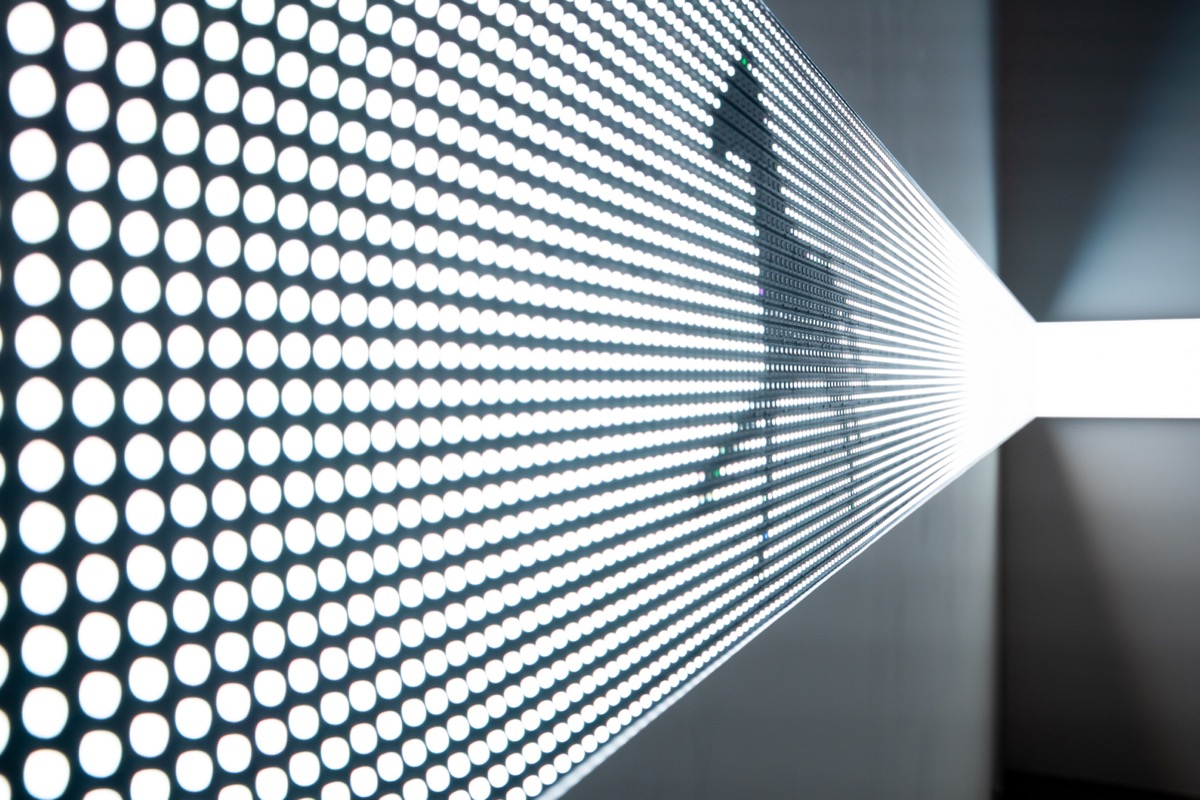 Fig.11: "Marquee", 2021, mixed media, LED board, iron, 800 × 32 cm
Fig.11: "Marquee", 2021, mixed media, LED board, iron, 800 × 32 cm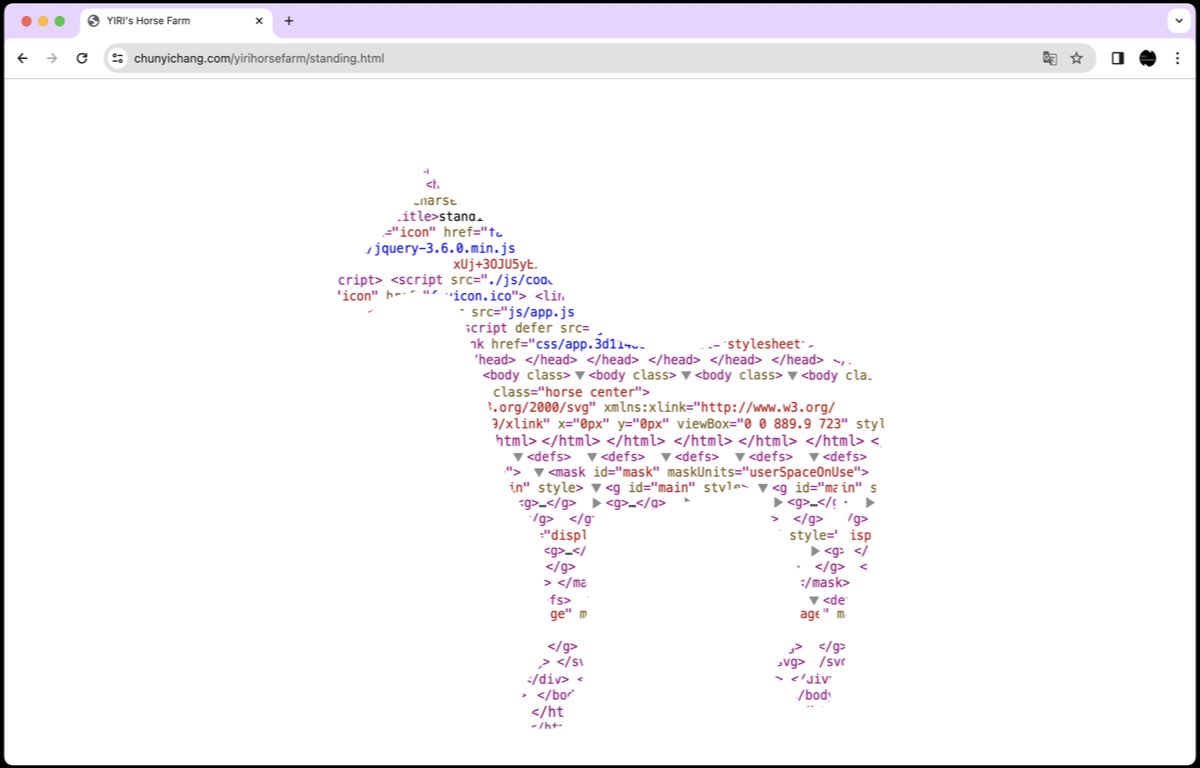 Fig. 12: "Standing", 2021, random interactive webpage
Fig. 12: "Standing", 2021, random interactive webpage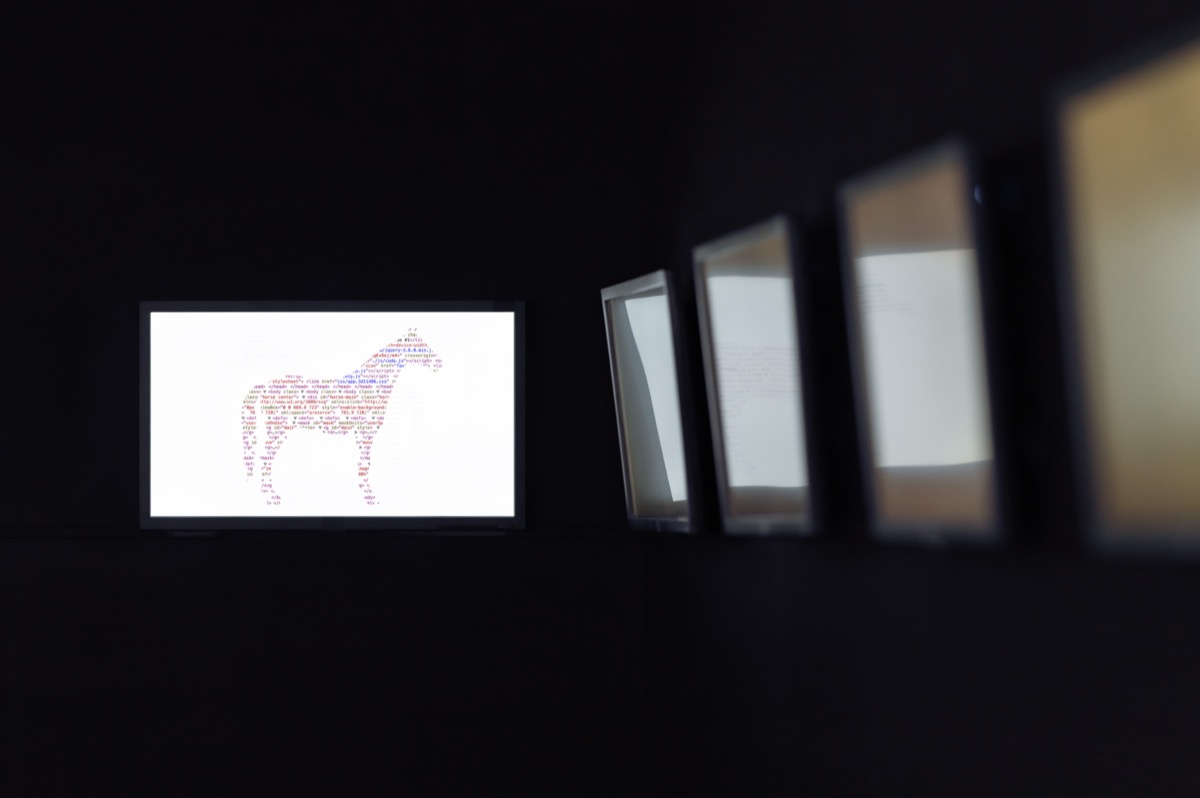 Fig. 13:"Codes Horse", 2021, audio-visual installation, dimension variable
Fig. 13:"Codes Horse", 2021, audio-visual installation, dimension variable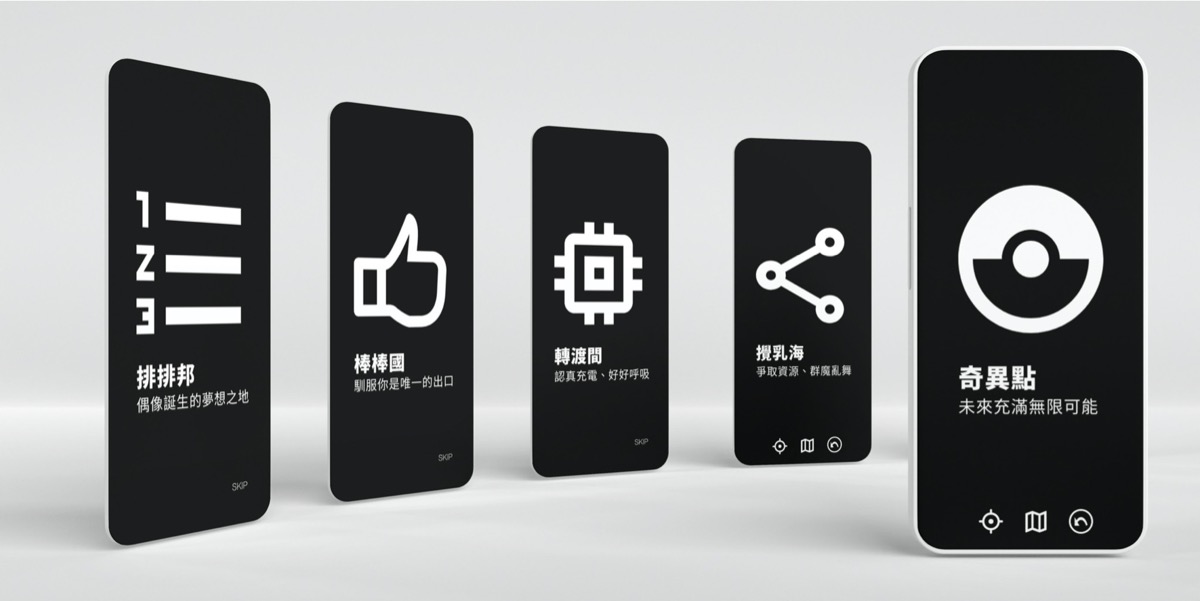 Fig. 14: "Neomediamen", 2022, interactive and responsive web page
Fig. 14: "Neomediamen", 2022, interactive and responsive web page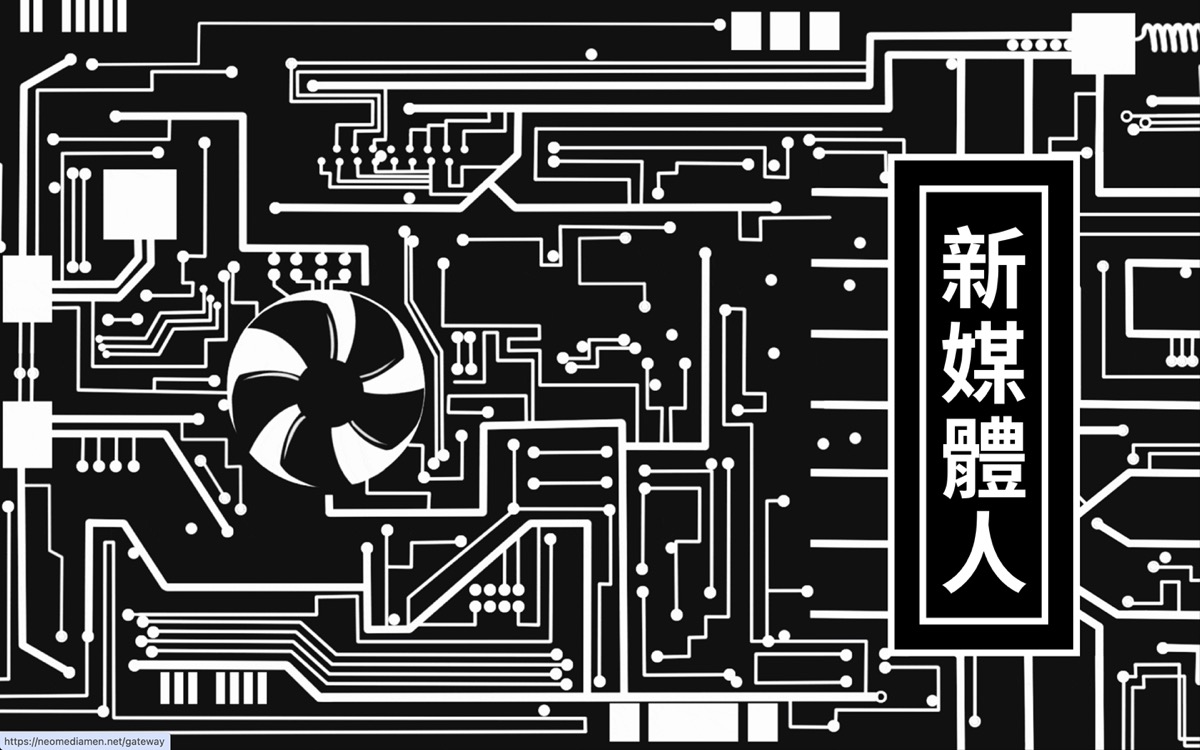 Fig. 15: "Neomediamen", 2022, interactive and responsive web page
Fig. 15: "Neomediamen", 2022, interactive and responsive web page